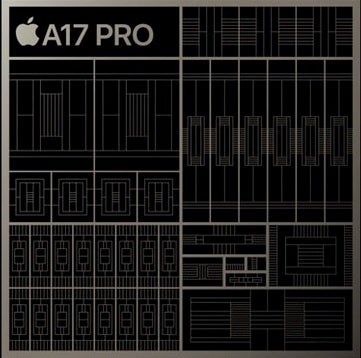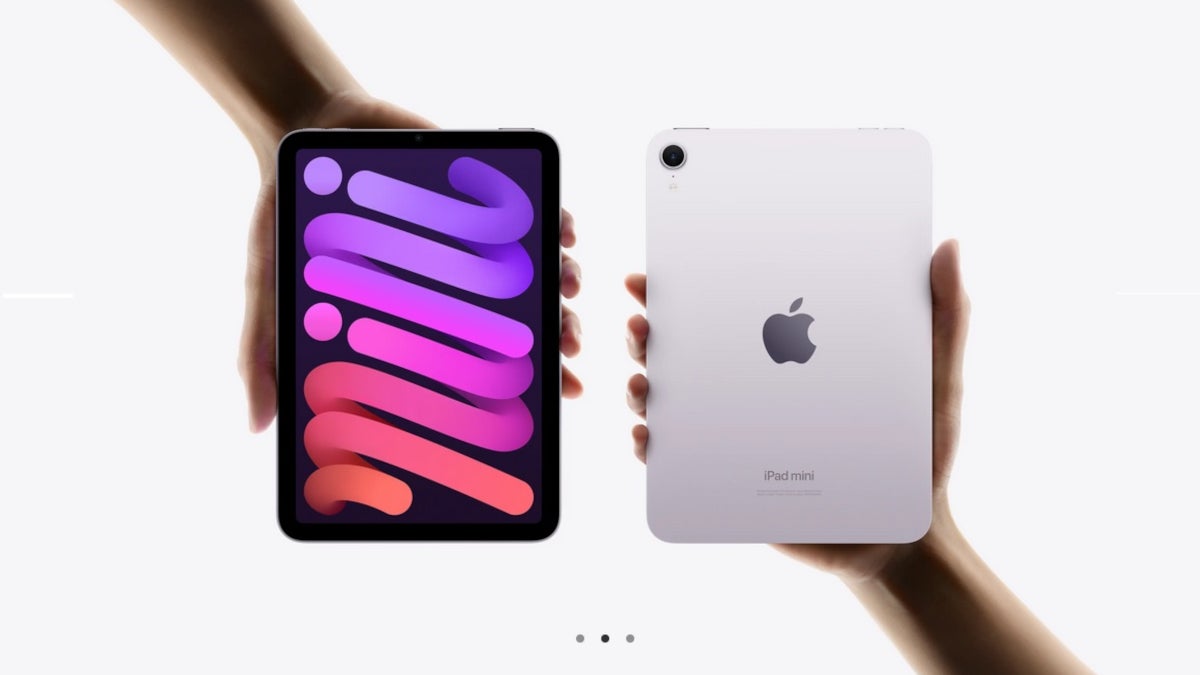Apple might have decided to do this for a couple of reasons. It might be chip-binning which is the repurposing of chips that were defective when produced. Normally, Apple might decide to toss in the trash any defective chips with cores that can’t meet the maximum performance requirements for the iPhone. With chip-binning, the defective cores are deactivated and the chipset is used with fewer cores.

Two different variants of the A17 Pro power the iPhone 15 Pro series and the iPad (A17 Pro) model. |-Cult of Mac
So in this case, with chip-binning, Apple takes what would have been defective chipsets for the iPhone and turns them into a variant of the A17 Pro for the new iPad mini albeit with one less GPU core. This might have had the added effect of saving Apple some money; the iteration of the A17 Pro AP with a 5-core GPU would cost Apple less money to mass produce.
“The new iPad mini gets a major update with A17 Pro, delivering incredible performance and power efficiency in an ultraportable design. A17 Pro is a powerful chip that unlocks a number of improvements over the A15 Bionic in the previous-generation iPad mini. With a 6-core CPU — two performance cores and four efficiency cores — A17 Pro delivers a 30 percent boost in CPU performance.1 A17 Pro also brings a boost in graphics performance with a 5-core GPU, delivering a 25 percent jump over the previous generation.”-Apple
What is important is that the Apple iPad mini (A17 Pro) will be equipped with 8GB of RAM which means that it can support Apple Intelligence. And most likely, iPad mini (A17 Pro) users will not notice that the A17 Pro AP has one less GPU core even as Apple is able to watch its coffers fill with more money thanks to its use of a less expensive chip-binning strategy.
